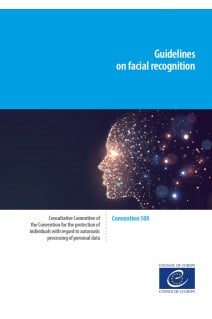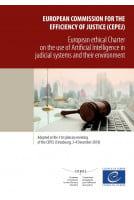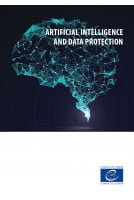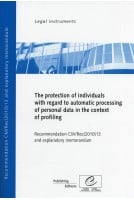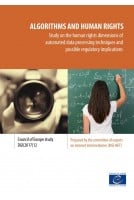Facial recognition: an infringement of people's rights?
Facial recognition has rapidly evolved from being a technological novelty to an indispensable reality of our daily lives. Facial recognition technologies are advancing rapidly, and algorithms are becoming more and more powerful. Their uses are varied and numerous, and some may seriously infringe the rights of data subjects, notably as facial recognition is a biometric technology. To prevent such infringements, the Parties to the Convention for the Protection of Individuals with regard to Automatic Processing of Personal Data shall ensure that the development and use of facial recognition respect the right to privacy and the protection of personal data, thereby strengthening human rights and fundamental freedoms.
These guidelines provide a set of reference measures that governments, facial recognition systems developers, manufacturers, service providers and user organisations should apply to ensure that this technology does not adversely affect the human dignity, human rights and fundamental freedoms, including the right to protection of personal data, of any person.
GUIDELINES FOR LEGISLATORS AND DECISION MAKERS
Lawfulness
Necessary involvement of supervisory authorities
Certification
Raising awareness
GUIDELINES FOR DEVELOPERS, MANUFACTURERS AND SERVICE PROVIDERS
Quality of data and algorithms
Reliability of the tools used
Awareness
Accountability
GUIDELINES FOR ENTITIES USING FACIAL RECOGNITION TECHNOLOGIES
Legitimacy of data processing and quality of data
Data security
Accountability
Ethical framework
RIGHTS OF DATA SUBJECTS
